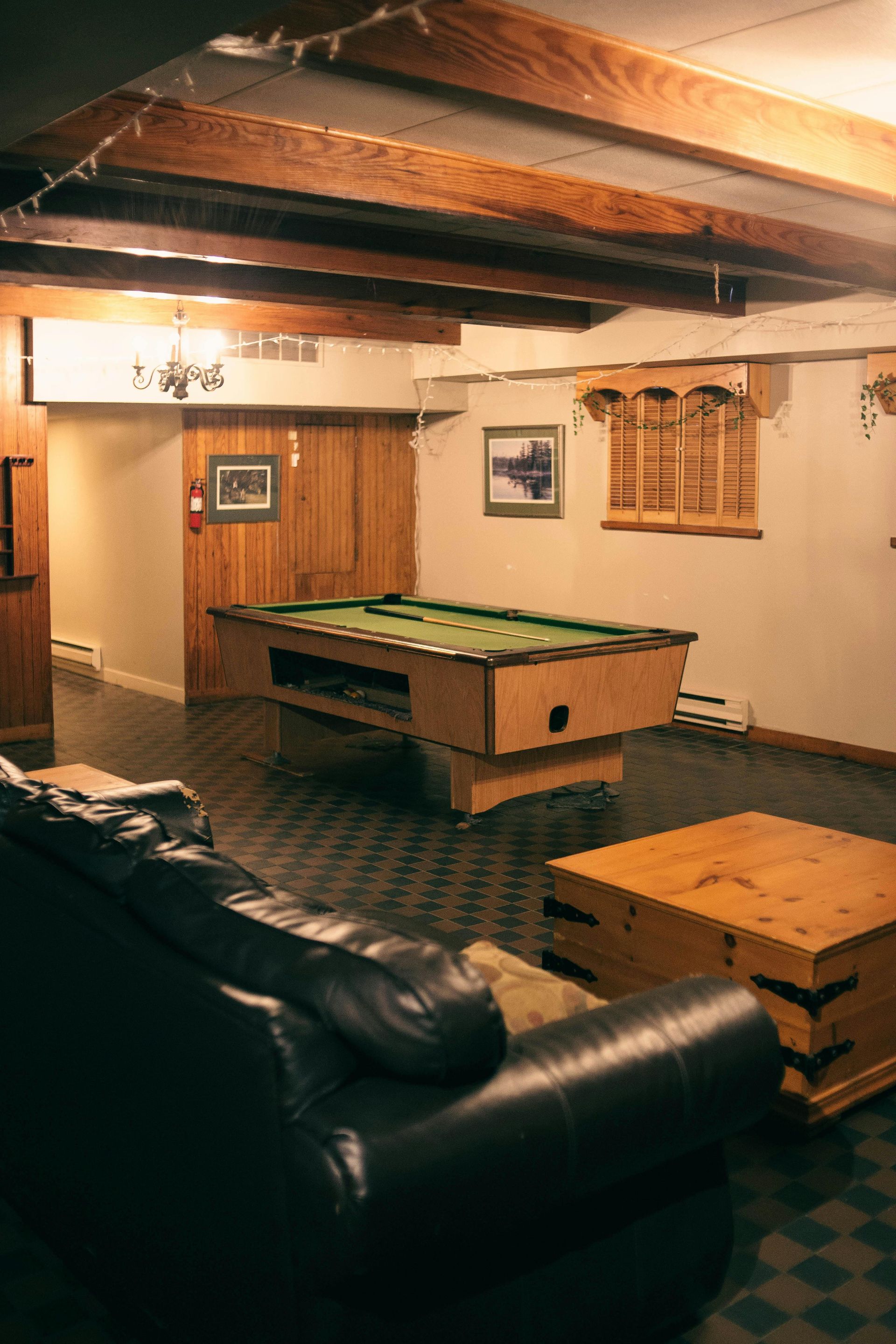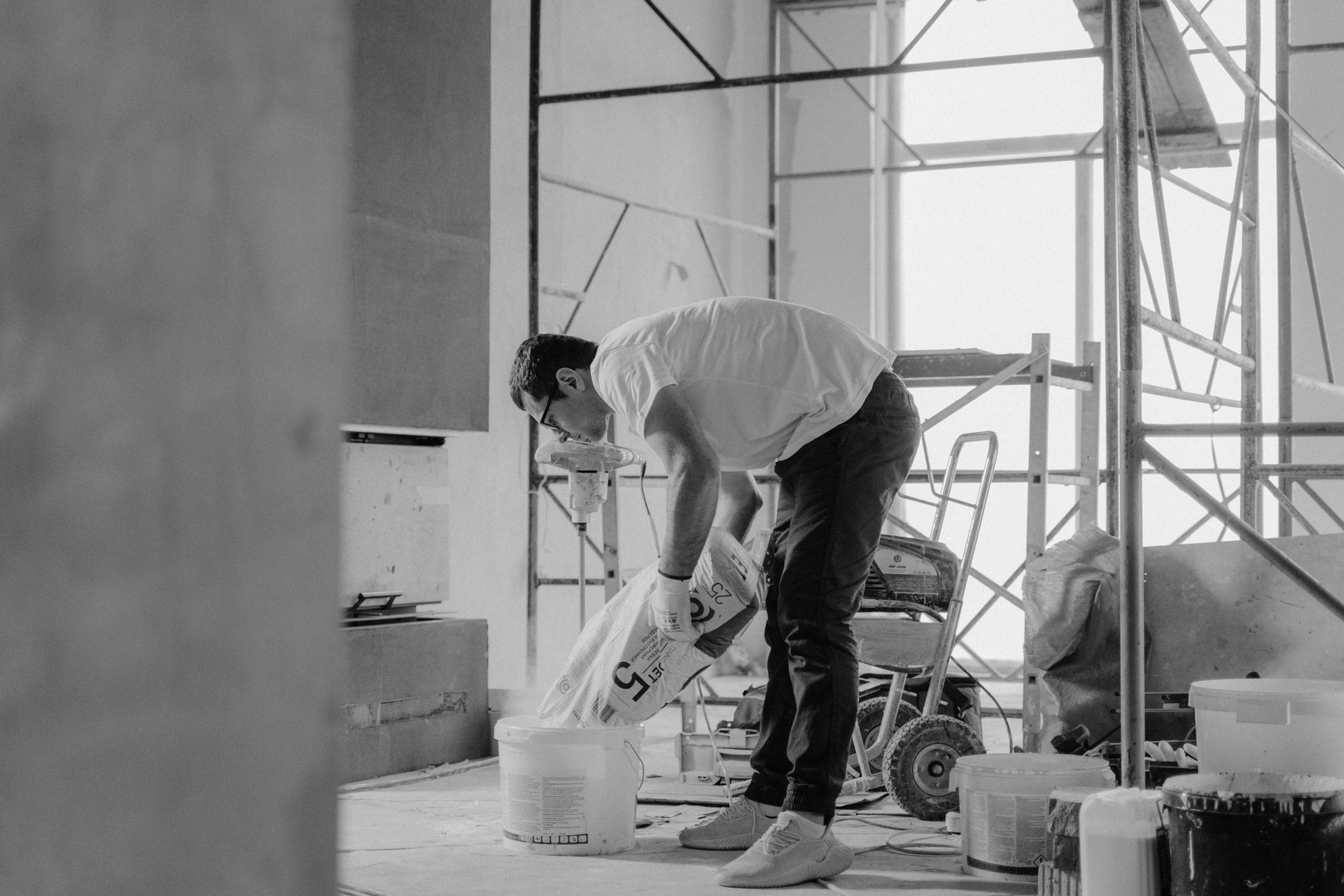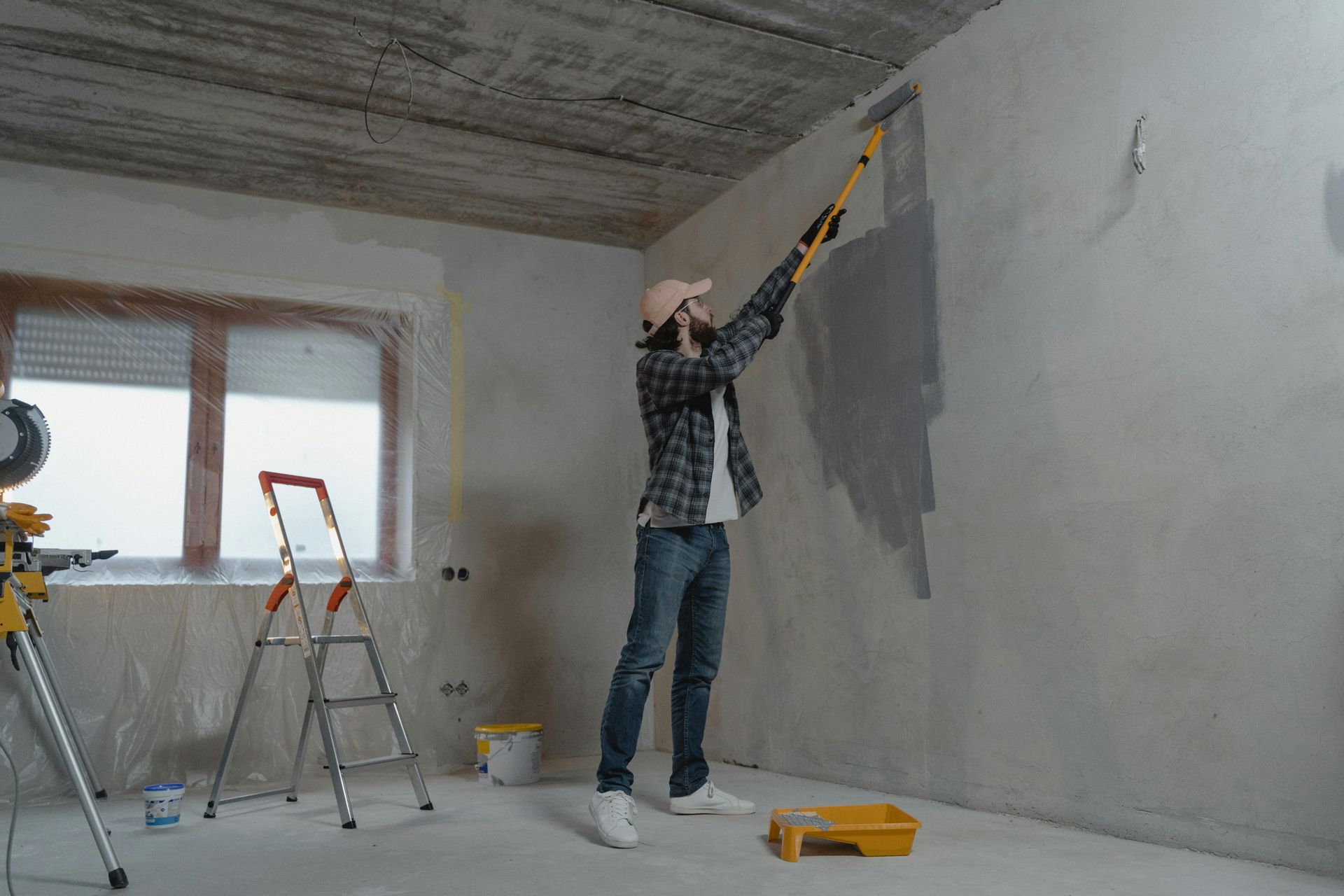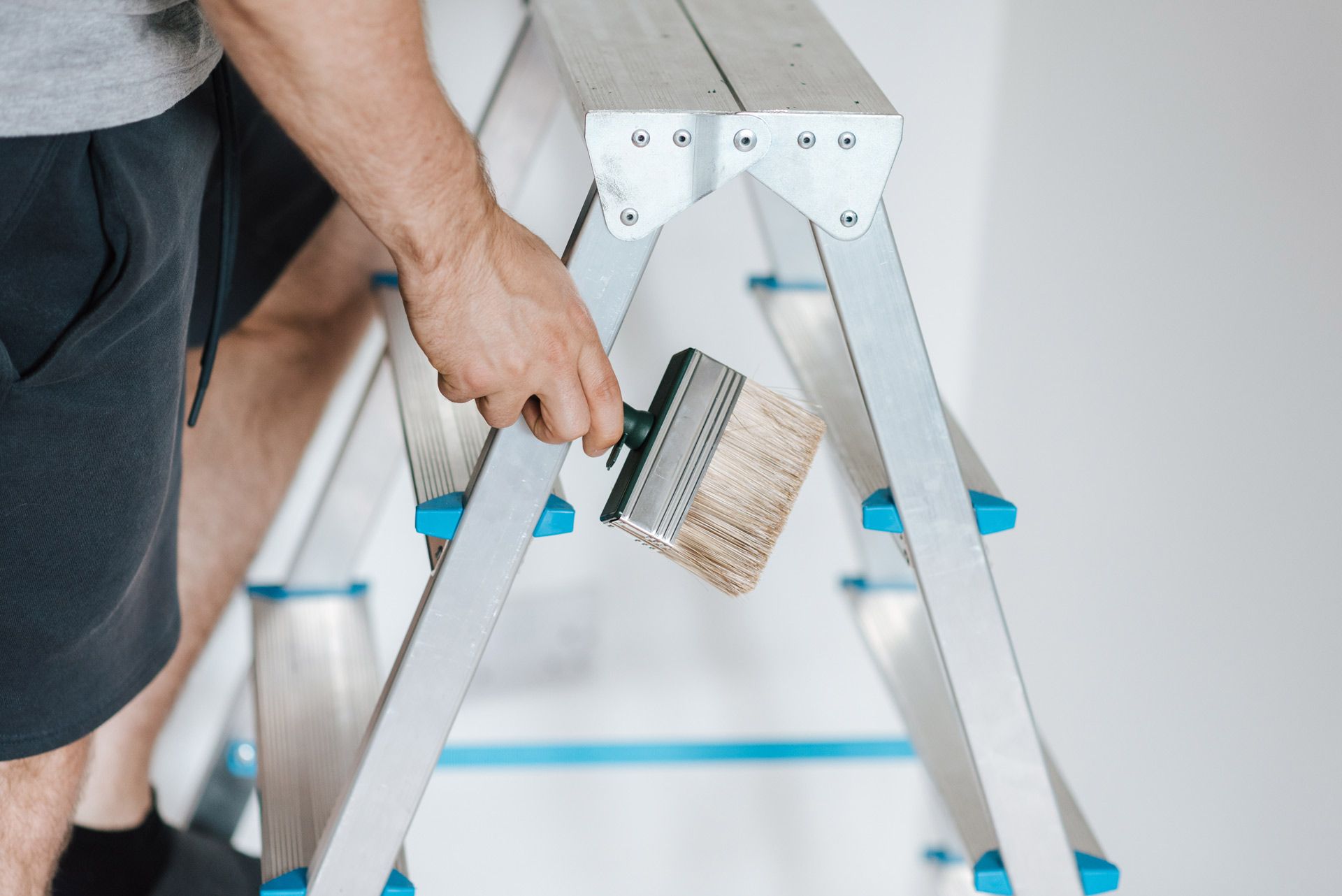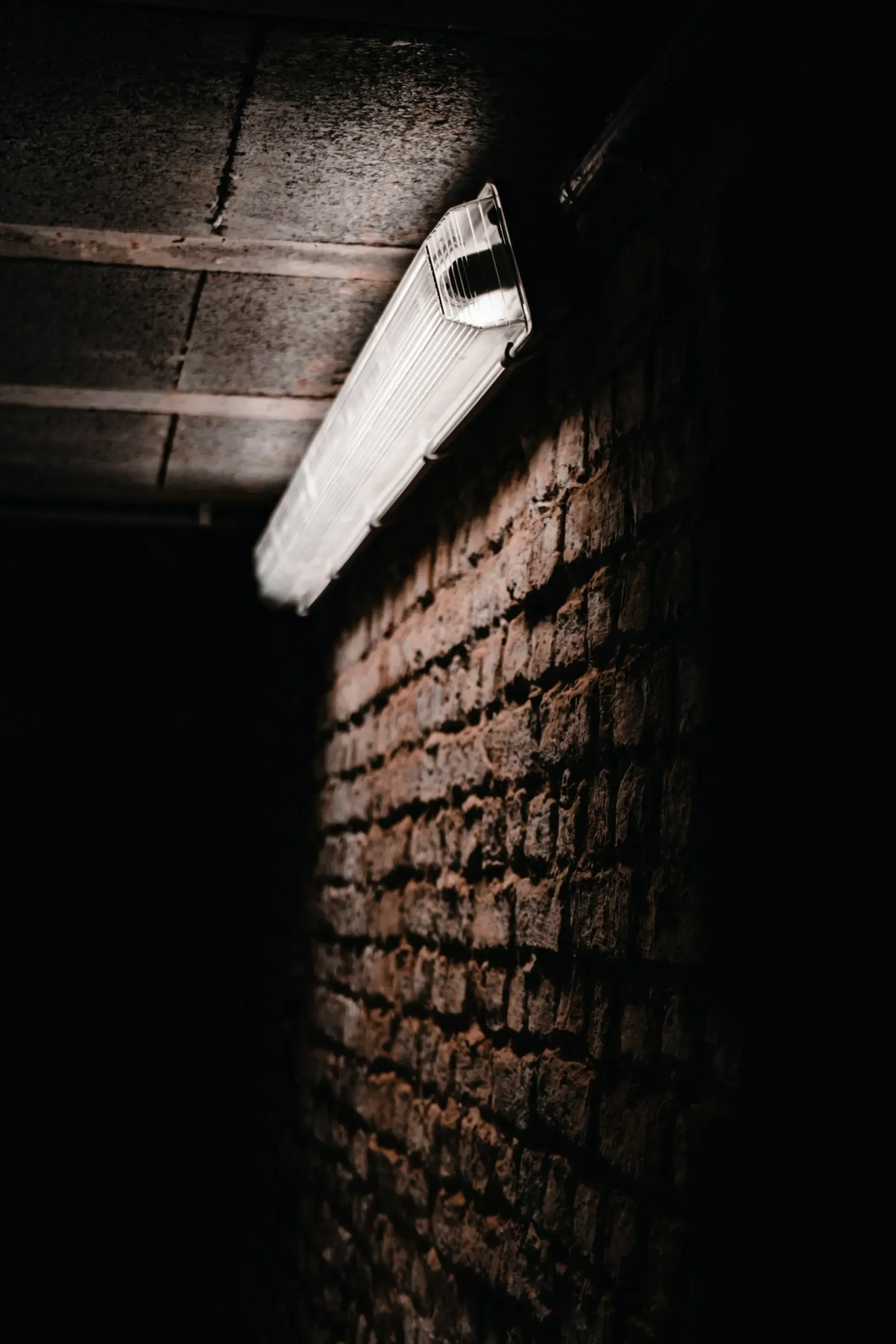How Much Should You Budget for a Basement Remodel? Realistic Figures and Cost Breakdown

Thinking about remodeling your basement? It’s a great way to add value and usable space to your home. But before you dive in, it's crucial to know what to budget. This guide breaks down realistic costs and helps you plan your budget effectively. Let’s explore what you need to consider and how much you might spend.
Key Factors Influencing Costs
When budgeting for a basement remodel, several key factors can influence the overall cost. Understanding these can help you set a realistic budget and avoid surprises.
Size of the Basement
The size of your basement is one of the most significant factors affecting the cost. A larger basement means more materials and labor. Generally, you can expect to pay around $25 to $50 per square foot. For example, a 1,000-square-foot basement could cost between $25,000 and $50,000 to finish.
Purpose of the Remodel
What you plan to use the finished space for will also impact the cost. Are you creating a simple living area, a rental unit, or a luxurious entertainment room?
- Simple Living Area: Costs less as it involves basic finishes and fixtures.
- Rental Unit: Requires more work, like adding a kitchen and bathroom, which increases costs.
- Luxury Space: High-end materials and custom designs will drive costs up significantly.
Current Condition of the Basement
The starting condition of your basement affects how much work is needed. If your basement is unfinished, costs will be higher compared to a space that's already partially finished.
- Unfinished Basement: Requires extensive work including framing, insulation, and drywall.
- Partially Finished Basement: Might only need updates or additional rooms, reducing overall costs.
By considering these factors, you can better estimate the budget required for your basement remodel.
Detailed Cost Breakdown
Understanding the cost of each major component in your basement remodel is crucial for accurate budgeting. Here’s a detailed look at what you might spend on various parts of the project.
Framing and Insulation
Framing and insulation are essential for creating a comfortable and energy-efficient basement.
- Framing: Expect to pay between $1,500 and $3,500. This includes the cost of wood or metal studs and the labor to install them.
- Insulation: Costs can range from $1,000 to $2,500, depending on the type of insulation. Fiberglass is cheaper, while spray foam insulation is more expensive but offers better energy efficiency.
Drywall and Paint
Drywall installation and painting add the finishing touches to your walls.
- Drywall: Installing drywall costs between $1,000 and $3,000. This includes hanging, taping, and finishing the drywall.
- Painting: Painting walls and ceilings typically costs $500 to $2,000, depending on the size of your basement and the quality of paint used.
Flooring Options
The type of flooring you choose will significantly affect your budget.
- Carpet: $2 to $7 per square foot. Carpet is a budget-friendly option but may not be ideal for moisture-prone areas.
- Laminate: $3 to $8 per square foot. Laminate is durable and water-resistant, making it a good choice for basements.
- Hardwood: $6 to $12 per square foot. Hardwood adds elegance but can be costly and susceptible to moisture damage.
- Tile: $5 to $10 per square foot. Tile is durable and water-resistant, making it a great choice for basements.
Plumbing and Electrical
Adding or updating plumbing and electrical systems can be a significant part of your remodel budget.
- Plumbing: Installing new plumbing fixtures and pipes can cost $1,500 to $5,000. This includes sinks, toilets, and showers if you’re adding a bathroom.
- Electrical: Upgrading or installing new electrical systems typically costs $2,000 to $5,000. This includes wiring, outlets, switches, and lighting fixtures.
HVAC Installation
Ensuring your basement is comfortable year-round may require HVAC work.
- HVAC: Extending your existing HVAC system or installing a new one can cost between $2,500 and $7,500. This includes ductwork, vents, and new heating or cooling units if needed.
Finishing Touches and Fixtures
The final touches can vary widely in cost, depending on your choices.
- Trim and Molding: Adding trim and molding typically costs $500 to $2,000.
- Doors: Interior doors can range from $150 to $500 each.
- Cabinetry and Built-ins: Custom cabinetry and built-ins can cost anywhere from $1,000 to $5,000 or more.
Understanding these individual costs helps you create a more accurate budget. Next, we’ll look at the labor costs involved in a basement remodel.
Breakdown of Labor Costs
Labor is a significant part of your basement remodeling budget. Here’s a detailed look at what you might expect to pay for various types of labor.
General Contractor Fees
A general contractor oversees the entire project, coordinating between different subcontractors and ensuring everything stays on schedule.
- Cost: 10% to 20% of the total project cost. For a $40,000 remodel, this would be $4,000 to $8,000.
- What’s Included:
- Project management
- Hiring and supervising subcontractors
- Obtaining necessary permits
- Scheduling inspections
Specialty Trades
Specialty tradespeople like plumbers, electricians, and HVAC technicians play crucial roles in your remodel. Their expertise ensures everything is up to code and functions correctly.
- Plumbers: $45 to $200 per hour
- Total Cost: $1,500 to $5,000 depending on the extent of the plumbing work needed.
- Electricians: $50 to $100 per hour
- Total Cost: $2,000 to $5,000 for new wiring, outlets, switches, and lighting.
- HVAC Technicians: $50 to $150 per hour
- Total Cost: $2,500 to $7,500 for extending ductwork or installing new HVAC units.
DIY vs. Professional Work
Doing some of the work yourself can save money, but it’s important to know when to DIY and when to hire a professional.
- DIY Tasks: Painting, demolition, and some flooring installations are manageable DIY tasks.
- Potential Savings: Hundreds to thousands of dollars, depending on the task.
- Professional Tasks: Electrical, plumbing, and structural work should be left to licensed professionals to ensure safety and compliance with building codes.
- Potential Risks: Mistakes can be costly and dangerous, leading to more expenses in the long run.
Labor costs can add up quickly, but hiring experienced professionals ensures the job is done correctly and safely. Next, we’ll discuss additional costs to consider in your basement remodel.
Additional Costs to Consider
In addition to the primary costs of materials and labor, several additional expenses can affect your basement remodel budget. These costs are often overlooked but are essential for a successful project.
Permits and Inspections
Most basement remodeling projects require permits and inspections to ensure that all work meets local building codes. These permits are necessary for legal and safety reasons.
- Cost Range: $500 to $2,000
- What’s Included:
- Application fees for building permits
- Fees for scheduled inspections at various stages of the project
Waterproofing Solutions
Basements are prone to moisture issues, and addressing these problems is crucial for a long-lasting remodel.
- Cost Range: $1,000 to $10,000
- What’s Included:
- Installing waterproofing membranes
- Sump pump installation
- French drains and exterior waterproofing solutions
Design and Planning Fees
If you decide to hire a professional designer or architect, their fees will be part of your overall costs.
- Cost Range: $500 to $5,000
- What’s Included:
- Initial design consultation
- Detailed blueprints and plans
- Ongoing design support and adjustments
Addressing Unexpected Issues
Hidden problems, such as mold, asbestos, or structural issues, can arise during your remodel. These issues need to be addressed immediately to ensure the safety and longevity of your basement.
- Cost Range: Varies widely depending on the severity of the issue
- What’s Included:
- Mold remediation
- Asbestos removal
- Structural repairs
Furnishings and Decor
Once the construction is complete, you’ll need to furnish and decorate your new space. This can include everything from furniture to window treatments and decorative items.
- Cost Range: $1,000 to $10,000+
- What’s Included:
- Furniture (sofas, chairs, tables)
- Decor (paintings, rugs, curtains)
- Entertainment equipment (TVs, sound systems)
Utility Upgrades
In some cases, your existing utility systems may need upgrades to support the new space.
- Cost Range: $1,000 to $5,000
- What’s Included:
- Electrical panel upgrades
- Additional HVAC capacity
- Plumbing upgrades
By planning for these additional expenses, you can avoid budget overruns and ensure your basement remodeling project goes smoothly. Next, we’ll provide some practical tips for effective budgeting.
Tips for Effective Budgeting
Budgeting for a basement remodel can be challenging, but with careful planning and smart decisions, you can keep costs under control. Here are some practical tips to help you set and stick to your budget.
Establishing a Realistic Budget
Start by determining how much you can afford to spend on your basement remodel. Consider your overall financial situation and how much value the remodel will add to your home.
- Assess Your Finances: Look at your savings, potential loan options, and overall financial health.
- Set a Maximum Limit: Decide on the absolute maximum you’re willing to spend, and try to stay below that number.
Prioritizing Key Expenses
Decide which aspects of your remodel are most important to you and allocate your budget accordingly.
- Essential vs. Non-Essential: Prioritize structural work, insulation, and waterproofing over cosmetic finishes if necessary.
- Quality vs. Cost: Sometimes it’s worth spending more on high-quality materials and labor for areas that will see heavy use or are difficult to upgrade later.
Contingency Planning
Always set aside a portion of your budget for unexpected expenses. Remodels often come with surprises, and having a contingency fund can save you from financial stress.
- Suggested Amount: Aim for 10% to 20% of your total budget as a contingency fund.
- Use Wisely: Only dip into this fund for true emergencies, not for upgrades or additions.
Get Multiple Quotes
Before hiring contractors, get multiple quotes to ensure you’re getting a fair price. This also helps you understand the market rates and avoid overpaying.
- Compare Quotes: Look at what each contractor offers and how their pricing compares.
- Check References: Ensure the contractor has a good reputation and check their past work.
DIY Where Possible
Consider doing some of the simpler tasks yourself to save money. However, always weigh the potential savings against the time, effort, and risk involved.
- Painting and Demolition: These are manageable DIY tasks that can save you money.
- Consult Professionals: Leave complex tasks like electrical work and plumbing to the pros to avoid costly mistakes.
Track Your Spending
Keep a detailed record of all expenses throughout the project. This helps you stay within budget and identify any areas where you might be overspending.
- Use a Spreadsheet: Track every expense, no matter how small.
- Regular Reviews: Check your spending against your budget regularly to make adjustments if needed.
Effective budgeting requires careful planning and smart decisions. By following these tips, you can manage your basement remodel costs and avoid financial surprises. Next, we’ll explore different financing options for your basement remodel.
Financing Your Remodel
Financing a basement remodel can be daunting, but several options are available to help you cover the costs. Here’s an overview of different financing methods and their pros and cons.
Home Equity Loans and HELOCs
Home equity loans and Home Equity Lines of Credit (HELOCs) allow you to borrow against the equity in your home. These options often offer lower interest rates compared to other loans.
- Home Equity Loan:
- Pros: Fixed interest rates, predictable monthly payments, potential tax deductions on interest.
- Cons: Your home is used as collateral, risk of foreclosure if you default, lengthy approval process.
- HELOC:
- Pros: Flexible borrowing, interest-only payments during the draw period, potentially lower interest rates.
- Cons: Variable interest rates can rise, your home is used as collateral, requires disciplined repayment.
Personal Loans
Personal loans are unsecured loans that can be used for various purposes, including home improvement. They typically have higher interest rates than home equity loans.
Pros: No collateral required, quick approval process, fixed interest rates and terms.
Cons: Higher interest rates, shorter repayment terms, can affect your credit score if not managed properly.
Cash-Out Refinance
Cash-out refinancing involves refinancing your mortgage for more than you currently owe and taking the difference in cash to fund your remodel.
Pros: Lower interest rates than personal loans, can provide large sums of money, potential tax deductions on interest.
Cons: Closing costs and fees, extends the term of your mortgage, your home is used as collateral.
Government Loans and Grants
There are government programs that offer loans and grants for home improvement projects, particularly those that improve energy efficiency or accessibility.
Pros: Low or no interest rates, may not require repayment (grants), potential tax credits for energy-efficient upgrades.
Cons: Eligibility requirements, extensive paperwork, limited availability.
Savings and Budgeting
Using your savings is the most straightforward way to finance a remodel. It involves no borrowing and no interest payments.
Pros: No interest payments, no risk of debt, straightforward process.
Cons: Drains savings that could be used for emergencies, may limit the scope of the project.
Credit Cards
Credit cards can be a convenient way to finance smaller projects or cover specific expenses. However, they typically have higher interest rates.
Pros: Easy access to funds, potential for rewards points or cash back, no collateral required.
Cons: High interest rates, can lead to significant debt if not paid off quickly, may affect your credit score.
Choosing the right financing option depends on your financial situation and the scale of your project. Carefully consider the pros and cons of each method to determine the best fit for your needs.
Conclusion
Remodeling your basement can turn an underutilized space into a functional, beautiful area for your family. By understanding the comprehensive costs involved—from initial considerations to labor, materials, additional expenses, and financing options—you can plan and execute your project effectively and within budget.
For expert help with your home projects, consider MR Home Remodeling. Based in Provo, Utah, they offer a range of home improvement services. Whether you need painting, basement finishing, or a full home remodel, their skilled team of general contractors is ready to assist.
They also provide a "Sell My House Fast" option for those in a hurry to sell. MR Home Remodeling is proud to serve the Provo community and neighboring areas like Lehi, American Fork, Pleasant Grove, Orem, and Springville. Trust them to enhance your living space with quality and reliable service.

